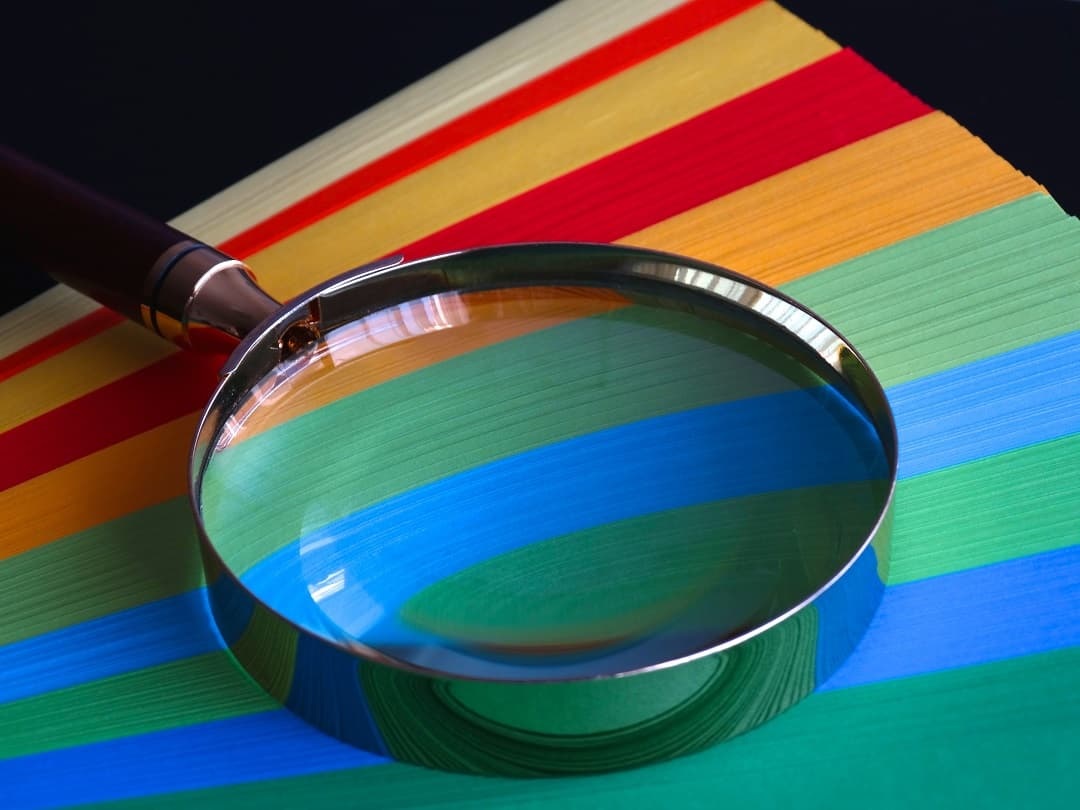Money laundering in Aotearoa New Zealand
Operation Ida, the “final leg of a trilogy of [anti-money laundering] operations” concluded back in March. Thus far, over $21 million has been restrained, 28 people arrested, and 103 charges laid across the three operations executed in Auckland. These operations put to rest the idea that money laundering isn’t a problem in Aotearoa. During these operations, high-end cars, luxury real-estate, shell companies, and Bitcoin were used as vehicles to clean dirty money. While scandalous, these tactics have long been used by criminal enterprises – and that is precisely why money launderers are increasingly turning to more creative methods, including wine.
What is money laundering?
Money laundering is a multi-step process where money obtained via criminal methods is reintegrated into the legitimate economy, often via some kind of investment. Traditional methods for laundering money, such as real estate purchases, are highly regulated. Consequently, these methods are becoming less attractive to launders because of increased scrutiny. So, they are turning to less traditional pathways, such as art and luxury collectibles. This is where wine comes in.
Wine is both a luxury good and collectible item. The vineyards that produce the grapes and winery buildings that turn these grapes into wine are, by definition, real estate. The price of wine is subjective and can therefore be manipulated. Because of this, wine is a product that needs to be included in anti-money laundering conversations.
Wine at auction
When most people think about buying wine, they think about doing so at their local grocery store or wine shop. However, wine is sold at auction alongside Picasso’s and Rembrandt’s. In many cases, these bottles are simultaneously viewed as luxury collectibles and high-end
investments. Buyers are usually after wines from specific wineries, vineyards, and vintages – often from European countries such as France and Italy. However, wines out of California, Australia, and even New Zealand can go up on the auction block.
It is not unusual for auction wines to sell for eye-wateringly high prices. In a 2019 Sotheby’s transaction, seven six-litre bottles sold for $1.5 million USD. Some highlights of a 2020 wine auction, include six bottles selling for a cool $130,000 USD, a six-litre bottle selling for just over $100,000 USD. With such large amounts of money moving through wine auctions, anti-money launderers should view them with the same scrutiny as other luxury good auctions.
Winery and vineyard real estate
Real estate has long been used to launder money . There are rules and regulations in place to prevent money laundering from occurring during these transactions, including during winery and vineyard sales. However, some property sales still manage to fall through the cracks.
In 2012, Tracfin, a department of France’s Finance Ministry, released a report calling for increased vigilance when selling vineyards and wineries, especially to foreign buyers. Most foreign buyers were legitimate, it noted; however it was still an area requiring greater diligence. “Wine is a very attractive sector […] It has a certain patina, the kind of thing wealthy people invest in, and an air of intellectualism and high society. And the price [for the wine] is not fixed. For trade-based money laundering, you can overvalue or undervalue
the wine.” They also pointed out in this report that money launderers were using multiple shell companies and very complex legal structures to avoid taxes and obfuscate the origin of their money, making it incredibly difficult for authorities to determine the actual owner of
the company and where the money came from.
In 2018, France’s Central Office for the Repression of Major Financial Crime froze ownership of 10 vineyards and wineries in Bordeaux, France that had been sold to a foreign investor. This followed a four-year investigation into the funding used to purchase the properties, which found financial irregularities including suspicious loans, forged legal documents, and laundering proceeds from tax fraud. They also faulted those who facilitated the transactions for not properly verifying the money’s origins. The French investigation began after the company’s home country published an article accusing the company of misuse of government funds. This case is still ongoing.
Wine smuggling and tax evasion
Luxury good sales and real estate are just two ways that wine can be used to launder money. Another is via smuggling and tax evasion. Wine is produced in many regions around the world and exported and imported like many other foodstuffs. Generally speaking, when
wine is imported or exported, there is a tax applied. This tax is often on-charged to customers.
In 2017, a couple was found guilty of tax fraud. They evaded £46.5 million in tax between 6 June 2008 and 17 April 2013. They did so by smuggling large quantities of wine into the UK from Italy, using false paperwork, and reusing import documents. They then sold the smuggled wine with tax to legitimate retailers who were unaware of their illicit operation. The couple pocketed the tax money without passing it on to the government. They then laundered these proceeds through several bank accounts around the world.
In 2019, nine men were convicted for something similar. They smuggled wine into the UK and set up a company to sell the wine to legitimate businesses, who were completely unaware the goods were illicit. They charged tax for these sales but did not pass these tax proceeds onto the government. The company would then disband. However, “the alcohol would be sold on again by similar companies set up by the gang, before being sold to a cash and carry. […] Each company in the chain would submit a VAT [tax] return showing that little or no tax was due…”. The group falsified paperwork to cover up the illegal sales of smuggled goods and laundered money through 50+ international bank accounts. By doing this, the group was able to steal £34 million in tax and launder a total of £87 million between January 2013 and January 2015.
This practice is not unique to the UK. In 2014, a California woman was ordered to pay just over $877,000 USD for failing to pay tax on wine sold through her organisation between August 2008 and May 2009. However, she was charging her customers tax during this time.
Conclusion
Historically, money launderers have used real estate purchases and bogus companies to reintegrate illegally obtained money into the legitimate economy. Anti-money launderers have paid close attention to traditional laundering mechanisms, forcing money launderers to explore alternative approaches. That’s driven them to the luxury goods sector, which includes items like fine art, expensive watches, high-end vehicles, and by extension wine.
With all the regulatory hassle and taxes involved with doing business in the wine industry, it may seem odd that it attracts money launderers at all. However, nothing has quite the same je ne sais quoi as the wine industry. Idyllic vineyards dotting gently rolling hillsides, beautiful country estates, sun drenched landscapes, and nightly dinner parties: who wouldn’t be drawn to that lifestyle?

Diana Hawkins, Responsible Hedonist
Diana Hawkins is a Certified Sommelier with a Bachelor of Science in Engineering from Harvey Mudd College; a Publishing Arts Certificate from Antioch University; and a Master of Science in Wine Science with First Class Honours from the University of Auckland where she studied microbial terroir.
Keep on top of your AML requirements with Daniel Relf from Strategi who asks the question – ‘Independent Audits, Do They Matter?’ and take a look at the careers of other AML experts in the industry with our interview series including ‘5 minutes with an expert: Rosalind Lazar‘.




